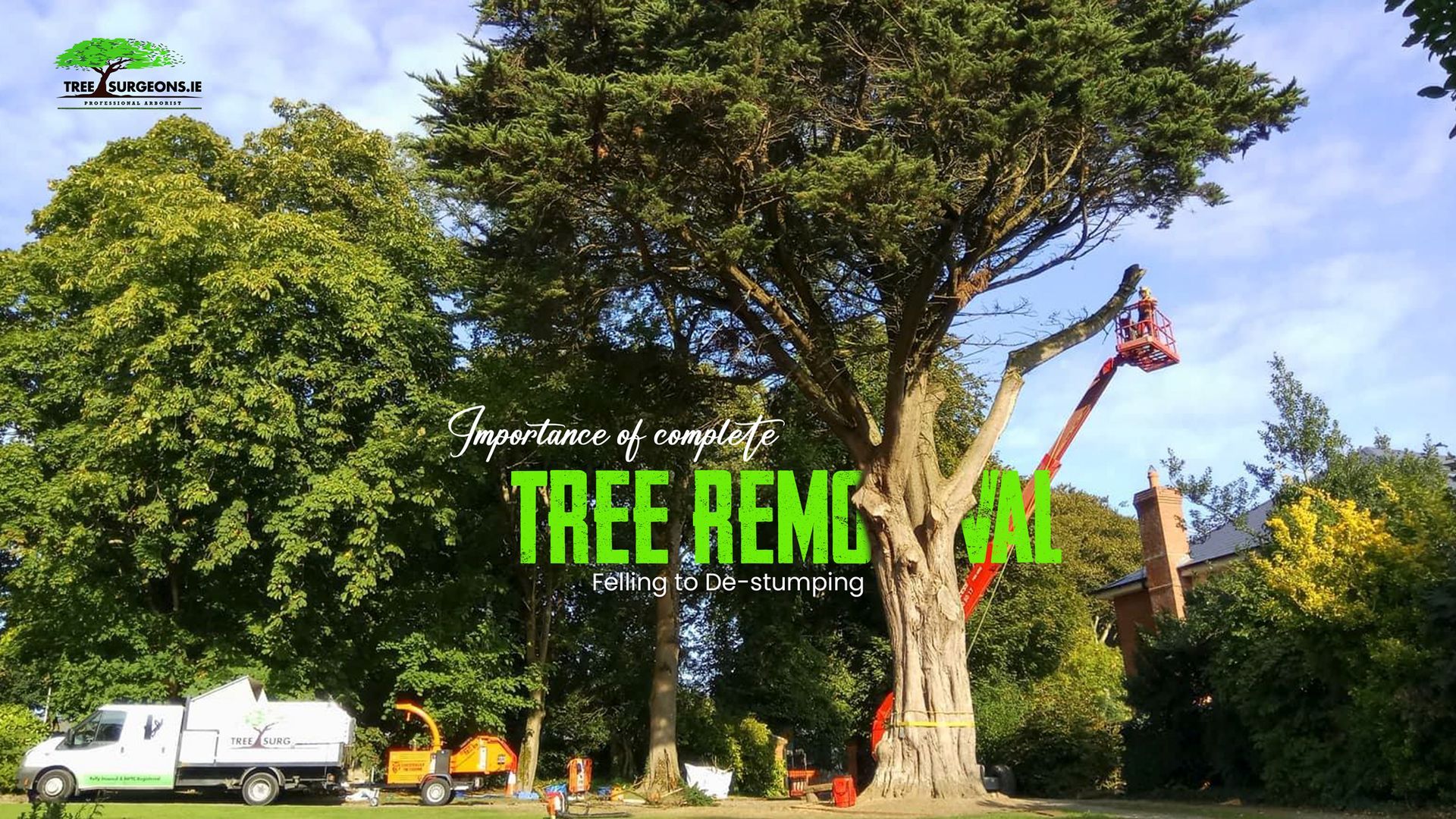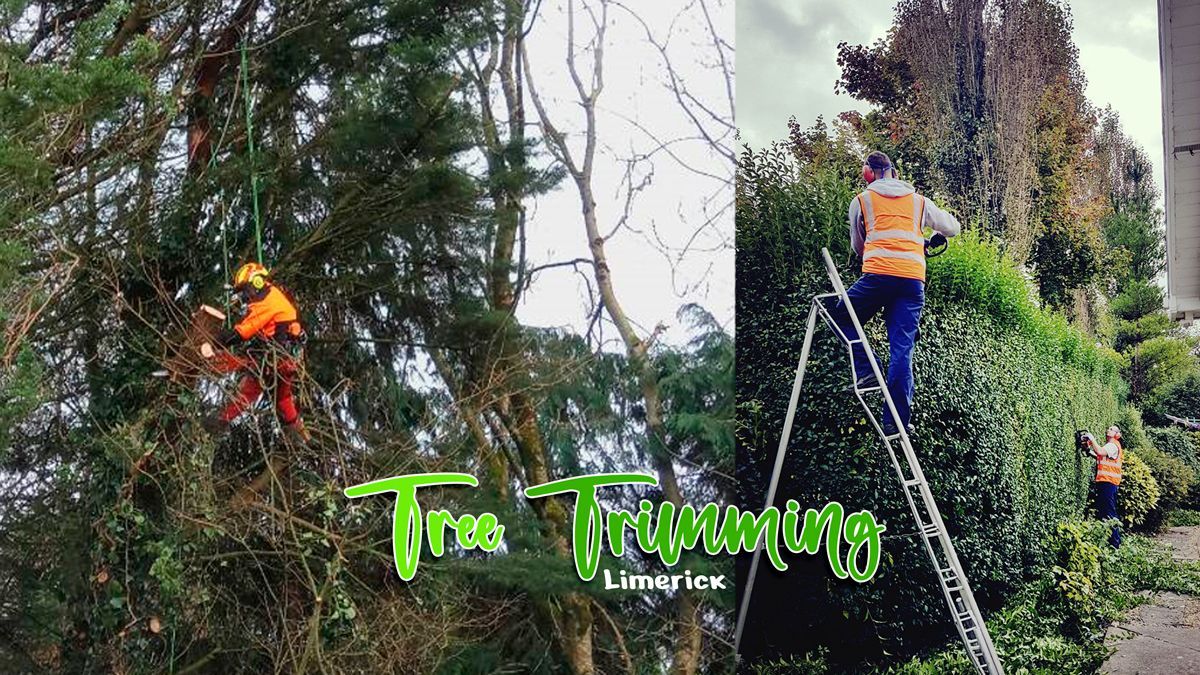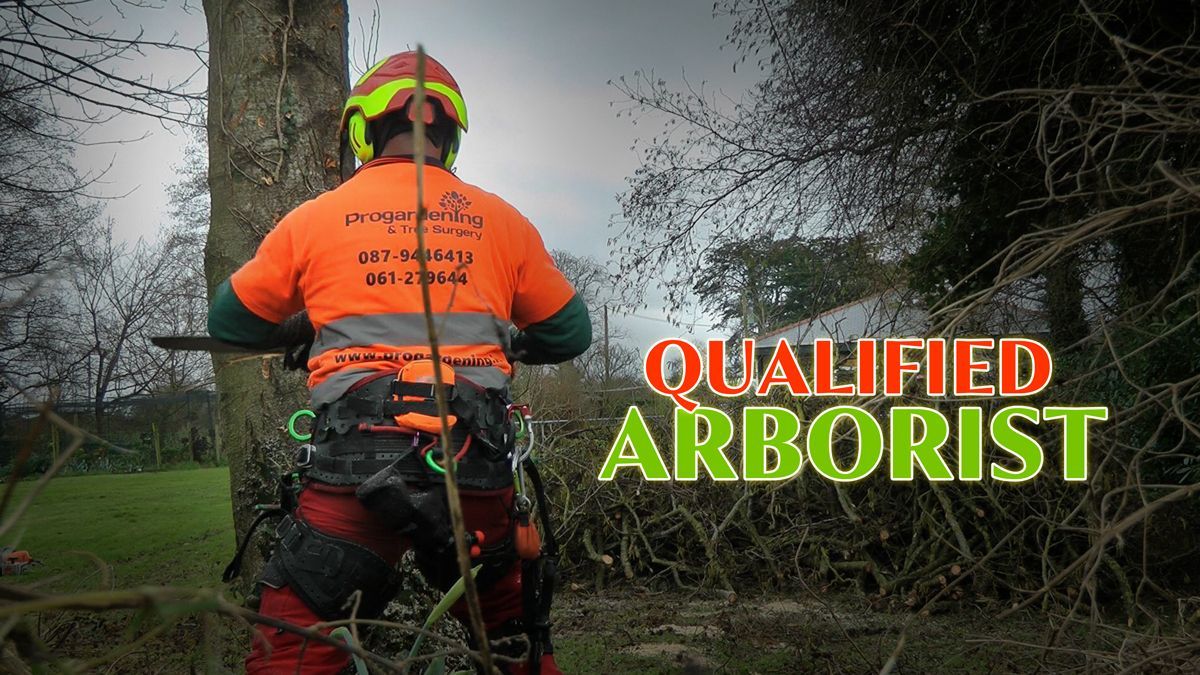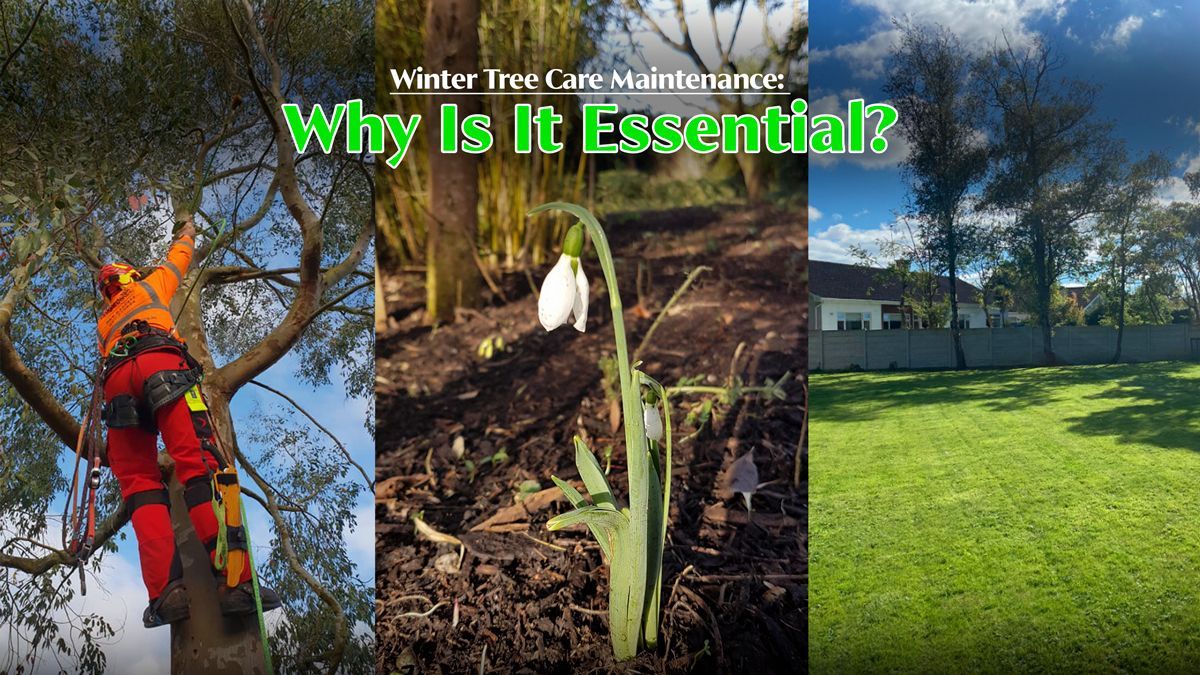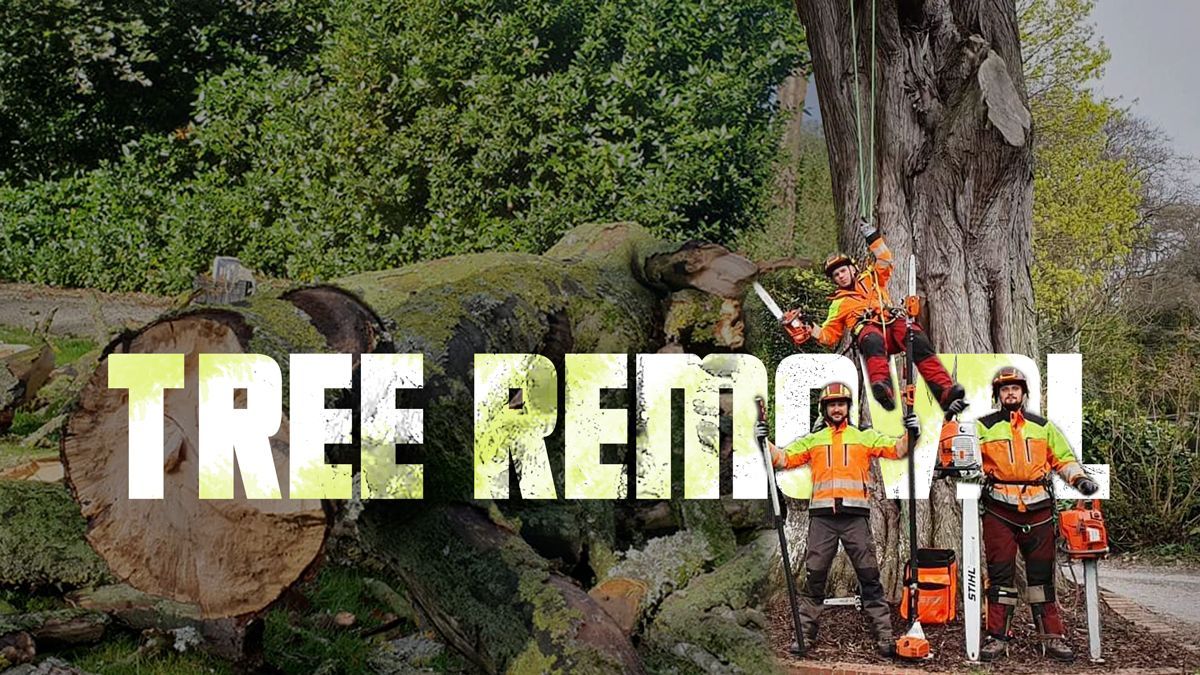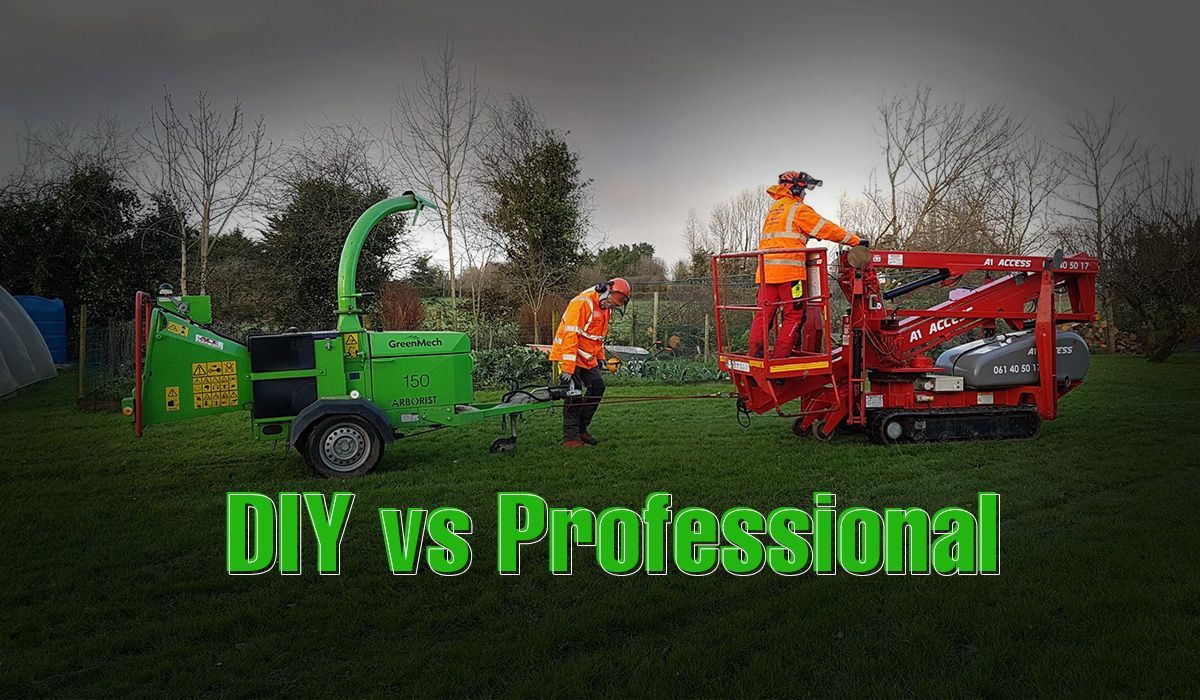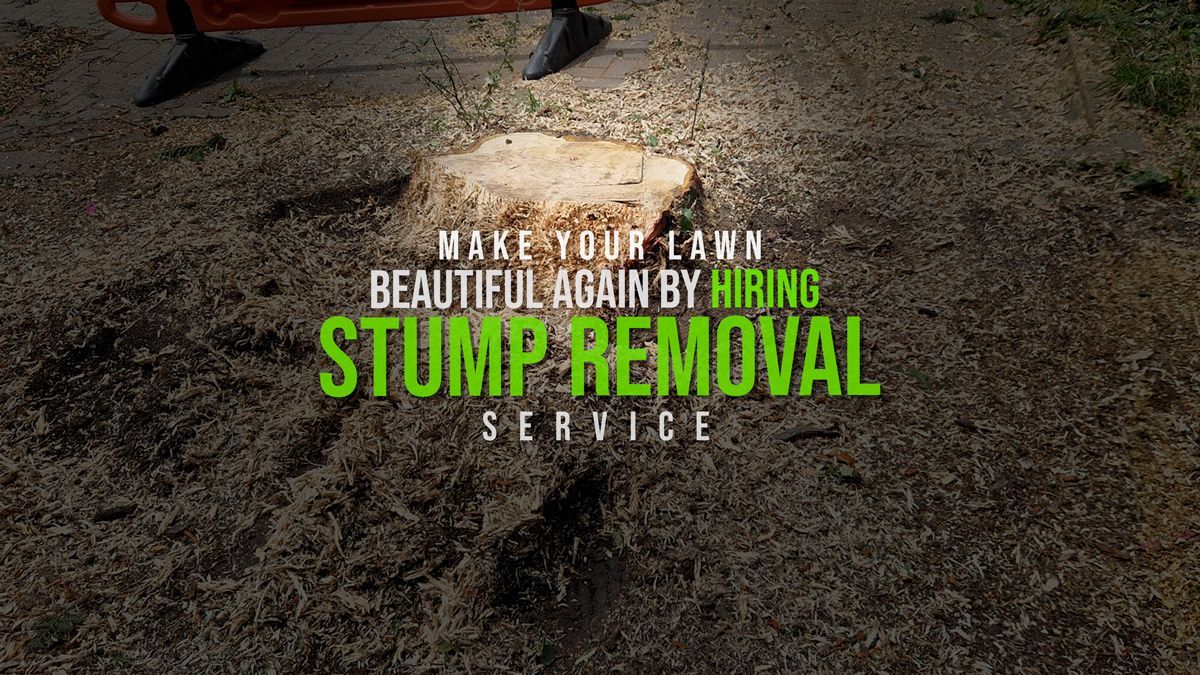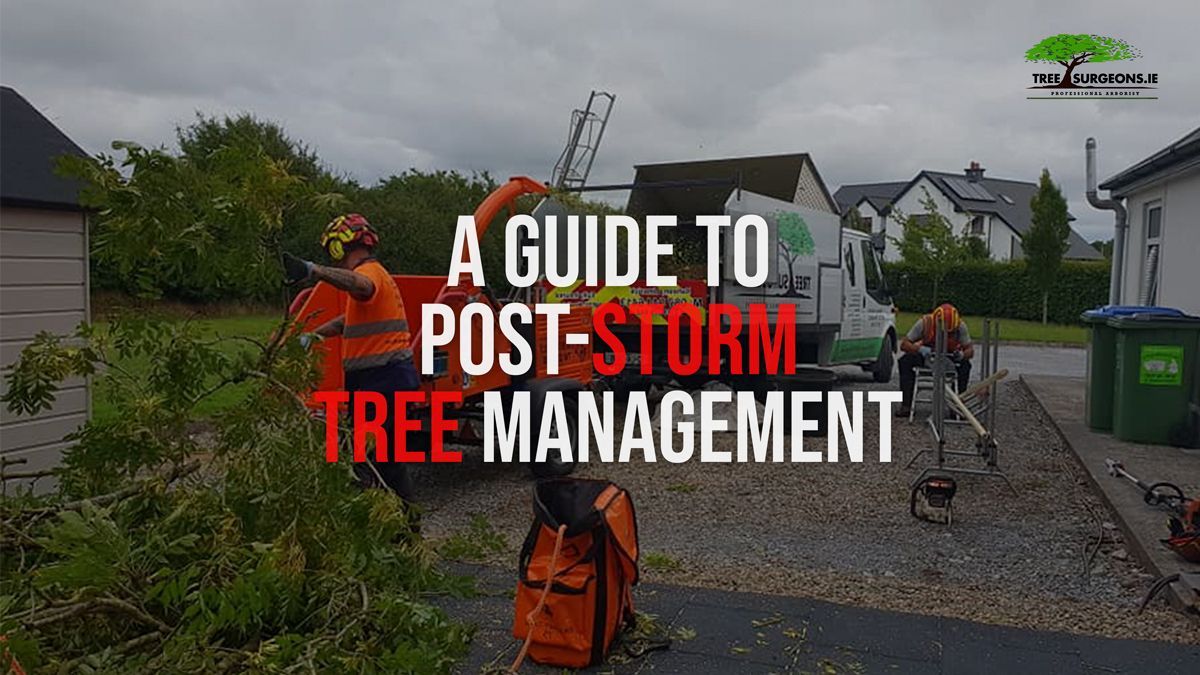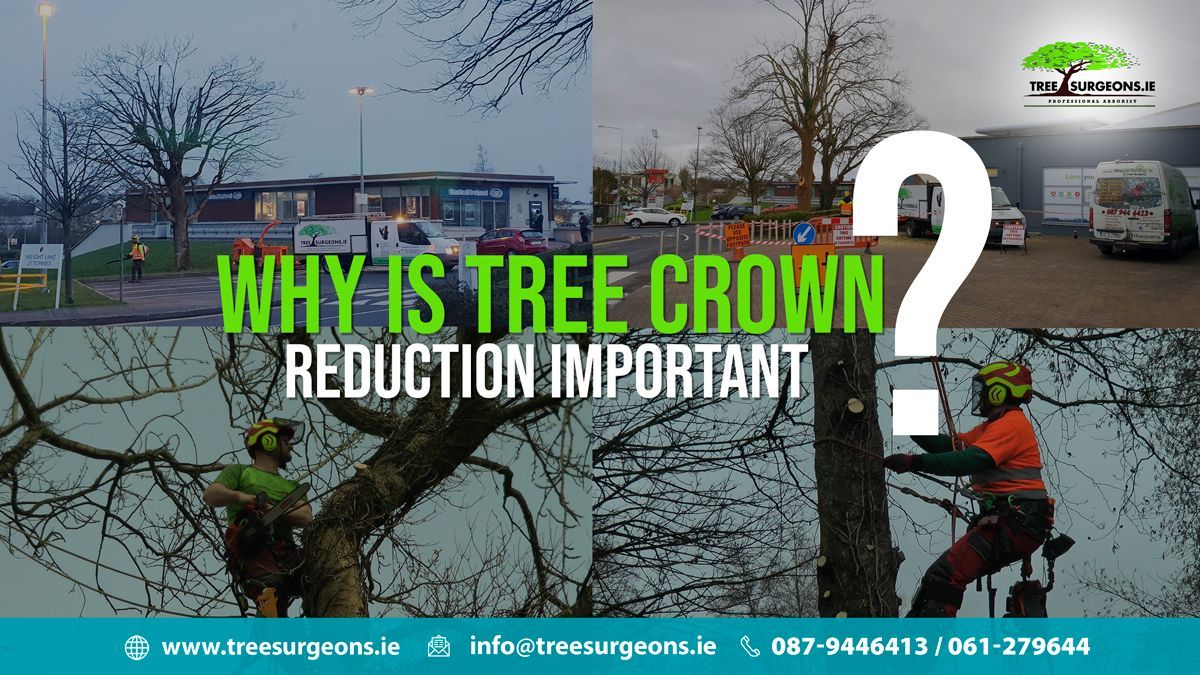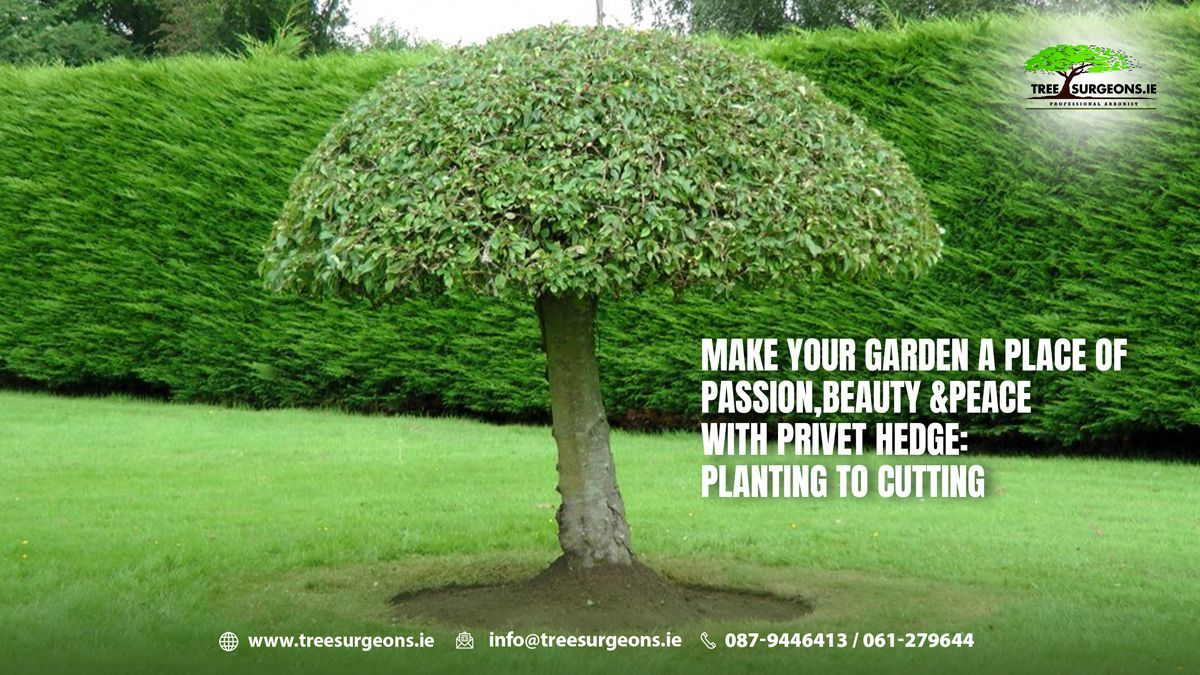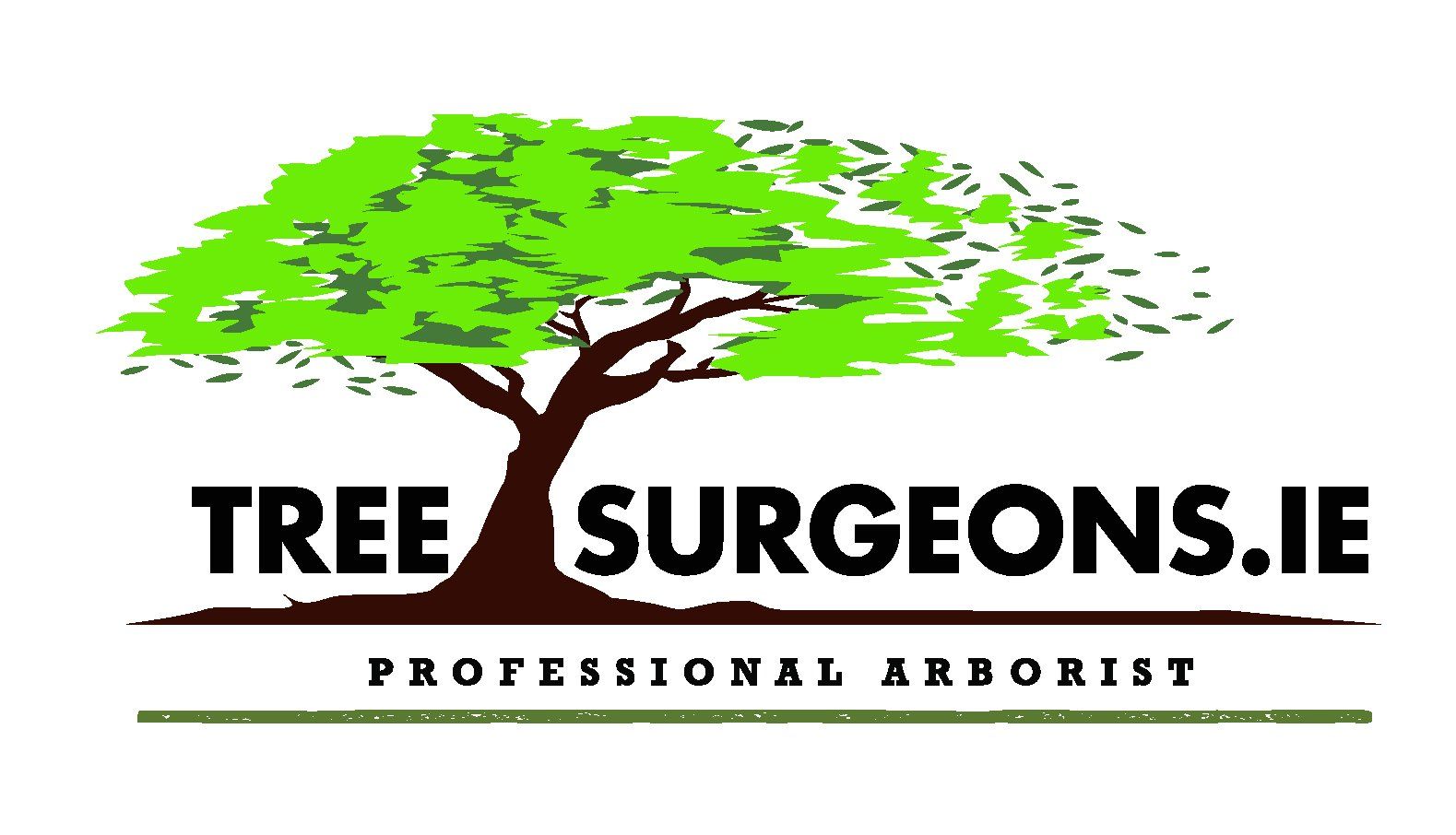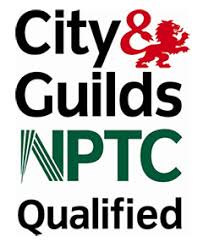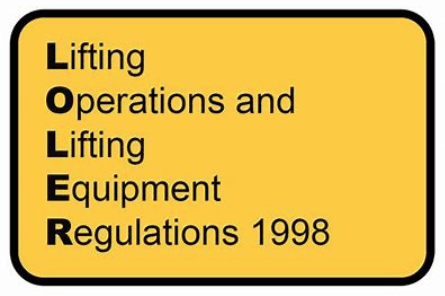Everything You Need To Know About Tree Topping Service
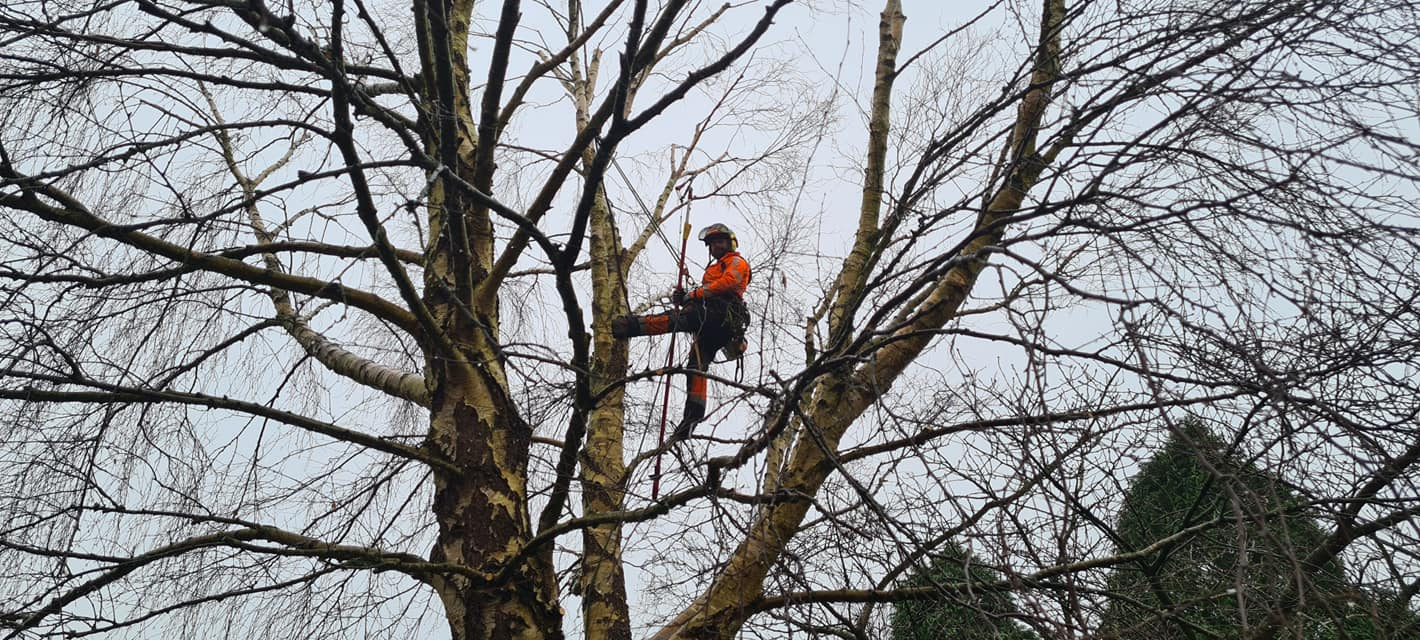
In recent days, the importance of responsible tree pruning has become fundamental. It is not only about maintaining the aesthetics of our surroundings but also about caring for and preserving the health of the trees and maintaining the ecological balance. So, are you wondering if calling on a tree-topping service in Limerick is worth it? The tree care specialist from Tree Surgeons & Pro Gardening has specialized equipment to carry out pruning and felling work safely and without damaging the surrounding structures. This will prevent diseases, improve the resistance of trees to adverse weather conditions and reduce the risk of falling branches.
Therefore, to learn more about the benefits of hiring this service, read the content below thoroughly.
What is Tree Topping service?
Let's start by understanding that tree topping service is techniques that allow us to maintain and care for our plants with the aim of improving the health, safety, and appearance of the trees. On the one hand, it simply refers to trimming branches and leaves from a tree, which means reducing the size of the tree or bush by removing those branches that are on the outside.
What is the best time to cut the branches of trees? Tips and recommendations
An important point is the frequency and time of pruning. This will depend on the type of tree and the specific objectives of each pruning. In general, we recommend pruning during the autumn or spring months, before the start of the windy and rainy season, or the growth season.
It is important to avoid pruning during periods of high humidity or extreme heat, as this could negatively affect the tree's health, causing it to lose nutrients and water. Another factor to consider is the size and age of the tree, as well as its location and environmental conditions. This is because the frequency and type of pruning that will be needed are different for young trees than for older ones.
9 mistakes you're making when pruning plants
Today we will tell you about the most common mistakes of tree topping.
1. Removing only broken branches and cracked stems
One of the most common mistakes is pruning only old, dry, and broken branches and stems. You need to remove the entire branch up to the first growth bud and then see the stump with a fine-toothed saw so that the cut is directed from the trunk towards the branch that was removed.
2. Thickening of the crown
Closely spaced or intertwined branches and stems begin to rub against each other over time, especially when exposed to wind. Friction deprives branches of their protective layer, which opens the way for diseases and pests. To avoid this, remove interfering shoots and branches with signs of damage from friction. Make sure that branches do not thicken the crown by pruning vertical branches and those growing towards the trunk.
3. Incorrect pruning to the bud
The most difficult part is to prune to the bud. Here you can make a mistake with the height, the angle of the cut, catch the bark and cause the formation of burrs. Correct topping is done from the base to the top of the shoot.
4. Using a blunt instrument
Dull pruning shears, hacksaws, garden shears and saws cannot perform a "clean" cut without burrs. They leave jagged and sharp scars, which subsequently cause the stems to rot. Dull tools are more difficult to work with, since you can injure not only the plant but yourself as well. Regularly clean and sharpen all your gardening tools that you use for gardening.
5. Trimming only the outer branches
Often gardeners limit themselves to removing the outer shoots and small branches, leaving the center of the bush thickened. This leads to the gradual rotting of the plant and the rapid spread of diseases. It is better to gather courage and remove stems and branches from the centre of the bush, leaving only 1-2 main shoots. By "refreshing" the bush in this way, you will provide access to light and air inside the bush and increase fruiting.
6. Ignoring blind shoots
Blind shoots are those that do not produce flowers. Many gardeners believe that a bush or tree decides for itself when to start flowering. But this is not true. Blind shoots should be cut to the bottom bud that "looks out" of the bush to stimulate them.
7. Neglect of diseases
Good pruning saves trees and fruit bushes from many problems, including diseases. However, plants should be regularly checked for signs of serious diseases, such as coral spots, rust, mould and powdery mildew. Their pathogens can overwinter in old shoots and in the spring move to new ones, gradually affecting the entire plant. Therefore, all shoots that are under suspicion should be cut back to a healthy part of the wood.
8. Choosing the wrong tool
Pruning with a saw allows you to neatly cut a thick branch, but garden shears are more suitable for thin branches. Consider this when choosing tools for your garden and specific plants.
9. Irregular pruning of trees and shrubs
Learn when and how often to prune the gooseberries, currants, raspberries, apples or cherries you have planted and follow these recommendations exactly. If you do not follow the plan, the plants will most likely begin to get sick, rot, dry out, and you will have to forget about abundant fruiting.
6 reasons for a well-done tree topping
Tree topping is the act of trimming or removing parts of a tree, such as branches, to promote healthy growth and maintain its shape.
- Tree Health: Topping helps remove dead, diseased, or damaged branches. It improves the overall health of the tree by reducing the risk of disease and pests. It also encourages new branch growth and keeps the structure balanced.
- Safety: In urban areas, large or weak branches can pose a risk by falling on people, vehicles, or structures, especially during storms or strong winds. Tree topping reduces this danger by keeping the tree in a safer condition.
- Promotes proper structural growth: By topping correctly from an early age, you encourage strong, structurally healthy growth, which will avoid future problems such as crossed or weak branches.
- Avoid interference with infrastructure: In cities, trees can grow close to power lines, buildings, or traffic signs. It prevents branches from interfering with these elements and reducing visibility or causing damage.
- Conserve space and facilitate circulation: In areas with high population density, topping helps control the size of trees, ensuring that they do not obstruct roads, sidewalks, or public areas.
- Increasing tree longevity: Proper tree topping can extend the life of the tree, helping it to develop in a more controlled and sustainable way.
Criteria to consider before choosing a professional tree topping service
Before hiring a professional tree-topping service, here are the points you need to consider:
- Experience: Choose a professional who has a qualification and can provide proof of their training and previous experience. At Tree Surgeons & Pro Gardening, their team of professionals possesses NPCT qualifications that allow them to use a chainsaw and do their work in various places.
- Insurance: Check that the professional arborist has insurance and check that every climbing part has a CE European certificate and Irish LOLER one. This will protect you in the event of damage to your property or that of your neighbours during topping.
- Knowledge of modern techniques: Find out if the arborist knows how to properly manage trees to keep them healthy while minimizing negative impacts on the environment. At Tree Surgeons & Pro Gardening, they work according to safety rules and have high-quality equipment, such as helmets. To provide more efficient services, we are equipped with impact protection and built-on Bluetooth intercoms.
- The price: do not hesitate to compare several quotes in order to obtain the best price. This varies depending on the experience of the arborist, the size of the trees, and the complexity of the work to be carried out. If you want to hire a professional Tree felling service in Limerick, get in touch with Tree Surgeons & Pro Gardening.
Summing up!
Tree topping is much more than just cutting branches. It is a technical job that requires expertise, safety and precision. Tree Surgeons & Pro Gardening stands out for its professionalism, experience, and ability to offer solutions adapted to each situation. By using our services, you benefit not only from quality work but also from the guarantee of a service carried out according to the rules of the art. Whether it is to preserve the safety of your property, improve the appearance of your garden, or maintain the health of your trees, we are the expert you need for all your pruning work.
